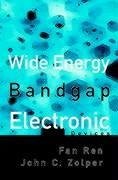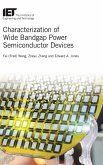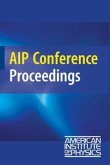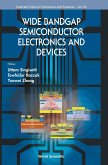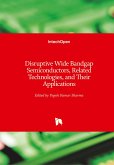This book provides a summary of the current state-of-the-art in SiC and GaN and identify future areas of development. The remarkable improvements in material quality and device performance in the last few years show the promise of these technologies for areas that Si cannot operate because of it's smaller bandgap. We feel that this collection of chapters provides an excellent introduction to the field and is an outstanding reference for those performing research on wide bandgap semiconductors.In this book, we bring together numerous experts in the field to review progress in SiC and GaN electronic devices and novel detectors. Professor Morkoc reviews the growth and characterization of nitrides, followed by chapters from Professor Shur, Professor Karmalkar, and Professor Gaska on High Electron Mobility Transistors, Professor Pearton and co-workers on ultra-high breakdown voltage GaN-based rectifiers and the group of Professor Abernathy on emerging MOS devices in the nitride system. Dr Baca from Sandia National Laboratories and Dr Chang from Agilent review the use of mixed group V-nitrides as the base layer in novel Heterojunction Bipolar Transistors. There are 3 chapters on SiC, including Professor Skowronski on growth and characterization, Professor Chow on power Schottky and pin rectifiers and Professor Cooper on power MOSFETs. Professor Dupuis and Professor Campbell give an overview of short wavelength, nitride based detectors. Finally, Jihyun Kim and co-workers describe recent progress in wide bandgap semiconductor spintronics where one can obtain room temperature ferromagnetism and exploit the spin of the electron in addition to its charge.

